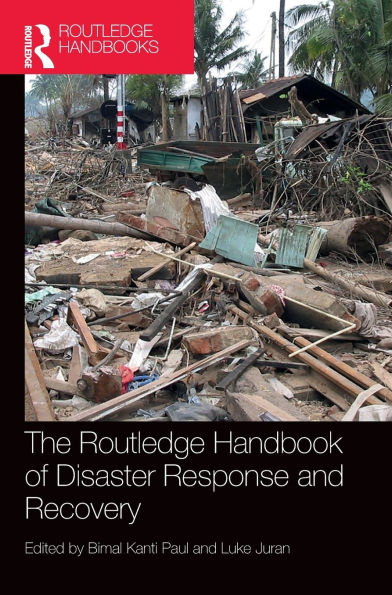Organized into two parts, Response and Recovery, this handbook details the history, theories, methods, debates, and emerging issues in the stages of response and recovery. Using a transdisciplinary approach, the myriad topics examined in this handbook include search and rescue, myths related to disaster response, technological methods for response, recovery among vulnerable populations, and the intersection of disasters and mental health. Contributors discuss these issues both globally as well as country- and disaster-specific.
This book is an essential guide and reference not only for scholars engaged in disaster research, but also for undergraduate and graduate students, policy makers, disaster managers, international and supranational agencies, and humanitarian and volunteer organizations engaged in disaster management.
Organized into two parts, Response and Recovery, this handbook details the history, theories, methods, debates, and emerging issues in the stages of response and recovery. Using a transdisciplinary approach, the myriad topics examined in this handbook include search and rescue, myths related to disaster response, technological methods for response, recovery among vulnerable populations, and the intersection of disasters and mental health. Contributors discuss these issues both globally as well as country- and disaster-specific.
This book is an essential guide and reference not only for scholars engaged in disaster research, but also for undergraduate and graduate students, policy makers, disaster managers, international and supranational agencies, and humanitarian and volunteer organizations engaged in disaster management.

The Routledge Handbook of Disaster Response and Recovery
504
The Routledge Handbook of Disaster Response and Recovery
504
Product Details
| ISBN-13: | 9781032540320 |
|---|---|
| Publisher: | Taylor & Francis |
| Publication date: | 03/25/2025 |
| Series: | Routledge International Handbooks |
| Pages: | 504 |
| Product dimensions: | 6.88(w) x 9.69(h) x (d) |
